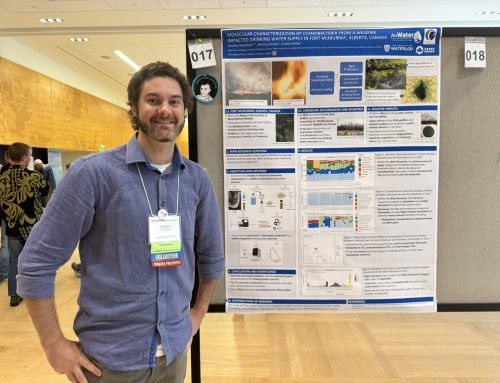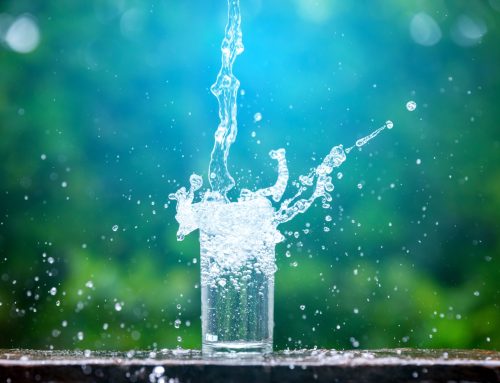CBC News recently featured a story on the rising cost of providing clean drinking water to Fort McMurray after the 2016 wildfire. The city’s water treatment plant is spending more on food-grade chemicals to remove burnt forest-floor ash that’s flushing into the municipality’s drinking water supply.
Water Science, Technology and Policy Director Monica Emelko has been working with the province and the municipality since day one to monitor the wildfire’s impact on the Athabasca River.
The story includes an interview by Emelko an, Associate Professor in the department of Civil and Environmental Engineering, and her team.
“Fort McMurray seeing big spike in water-treatment costs”
By David Thurton , CBC News, Feb. 9, 2017
[…] Both researchers are co-principal investigators in the Southern Rockies Watershed Project, which monitors water quality from its source all the way to the tap.
One problem researchers are already seeing is more dissolved organic carbon from the Athabasca River intake. Carbon reacts with the chlorine and produces byproducts in the water that can be harmful to humans.
Some of these byproducts are suspect carcinogens and some of them are carcinogens
Researchers are bracing for the possible growth of algae in the plant’s untreated water storage ponds. Increased phosphorous and carbon in the water from wildfire debris could create harmful blue-green blooms.
“Some algae produce toxins. They include neurotoxins that affect your nervous system. So when it’s there we have to shut down and that could be problematic.
[…]





